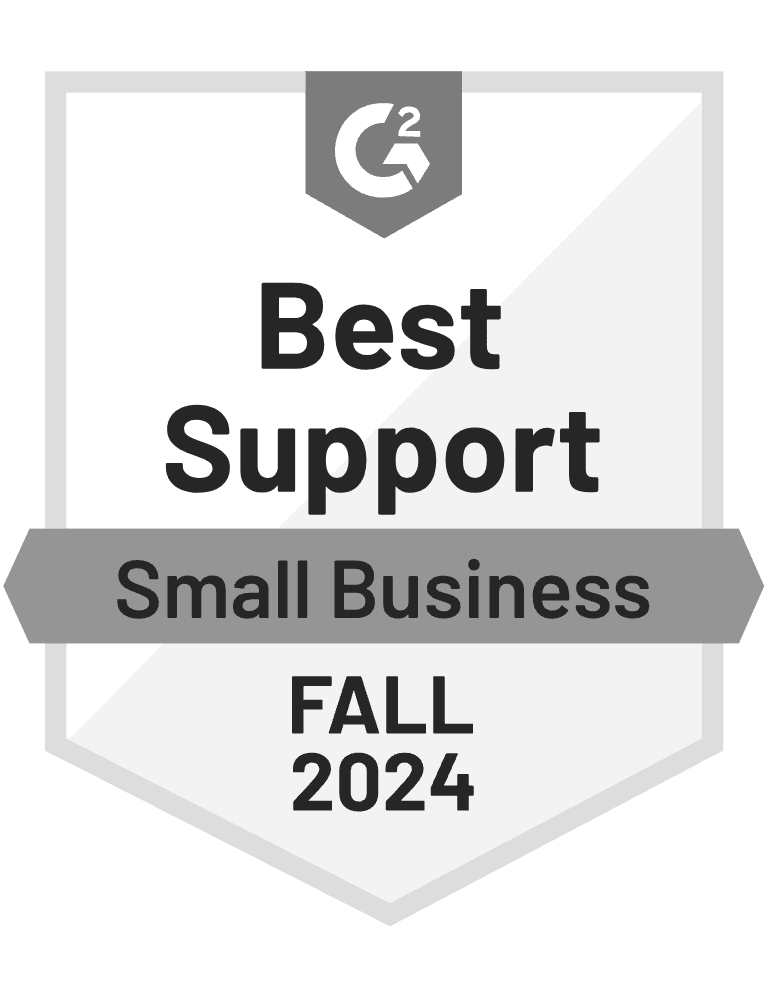- Blog
- How to Build a Personalized Content Marketing Strategy
How to Build a Personalized Content Marketing Strategy
-
Barbara Bartucz
- Personalization
- 6 min read
Table of Contents
Over the past decade, consumers have gotten used to ecommerce companies that speak directly to them using personalized marketing. We’ve reached the point where businesses stand to lose almost 40% of their customers as a result of poor personalized content.
To develop a winning personalization strategy, you’ll need to collect data, get to know your customers, and create messages that resonate with them.
In this article, we’ll go over what personalized marketing content is and how you can get it up and running on your own store.
Let’s get started!
What is personalized content marketing?
Personalized content, in a nutshell, is the messages you deliver to your visitors based on demographic data, contextual data, and behavioral data.
Personalized marketing requires you to use all the customer data you have access to, ensuring you’re able to deliver the most relevant content to each potential customer.
This means you need to collect data about consumer behavior (like previous interactions with your site) and demographics. Then, once you have that data, you can use it to provide an improved customer experience by creating customized content for different users.
You can use personalized content to level up anything from an ad on your social media platforms to the CTA on your landing page to your email marketing or popup campaigns.
Benefits of content personalization
Content personalization brings a lot of benefits when you do it right.
If your sales and marketing teams can personalize content for different groups of customers, you’ll more efficiently move incoming traffic through the customer journey and towards making a purchase.
Here are a few specific benefits of content personalization:
1. Conversion increases
Personalized content enables you to achieve higher conversion rates because customers won’t ignore the content you’re showing them. By presenting different versions of your content to different audiences, you’ll be showing relevant content to everyone.
2. More customer engagement
Visitors will be more willing to provide personal information or fill out a survey if they expect to see personalized content as a result. Personalization makes their browsing and purchase journey much more convenient, and they know that.
3. Customer retention
If users receive personalized content that’s relevant to them, they’re far more likely to spend more time on your site and come back more often. This means more customer engagement and, as a result, a lower churn rate.
4. Lead nurturing
Personalization helps move leads through your sales funnel because it allows you to meet customers where they are. Depending on their stage of awareness, they may need to see one kind of content or another. When you segment your audience according to their awareness stages, you can optimize their customer journey.
How to create personalized content?
To implement content personalization, you’ll need to go through a few steps. Let’s take a look at what those are:
1. Get to know your audience by collecting customer data
If you don’t know your audience and what motivates their movement through the buying process, you won’t be able to create effective personalized content for them.
There are three types of customer data that you should use to get to know them and create your personalized marketing content.
- Behavioral data: This relates to a customer’s overall behavior on the site, like what landing pages they’ve visited, their response to special deals, and their past purchases.
- Demographic data: This includes facts about your visitors, such as their age range, location, and marital status. Firmographic data is the B2B version of this.
- Contextual data: This is information that tends to change, such as what time of the day or week they’re visiting your site and what kind of device they’re using.
Gathering customer data is the first step, but in order to analyze it properly, you need to put yourself in your customers’ shoes.
For example, what kind of headspace are your first-time visitors in when they encounter your site? Ask yourself questions like:
- What specific problems do users encounter while browsing?
- How can your personalization efforts make the user journey more efficient and enjoyable?
These answers will guide you as you create tailored content in the next step.
2. Have a content plan & create your messages
The personalized messages you create should fit into your general digital marketing strategy. After all, you’re still going to be talking to the same target audience, just smaller segments of it!
So what kinds of messages should you be creating? There isn’t any one “right” answer, but you should always be trying to impact the decision-making process of your potential customers.
For example, imagine that you’re selling home furnishing items online and you notice that some of your visitors are only interested in products for the kitchen. You should group those people together into a segment, and promote kitchen items and deals in your personalized emails to them!
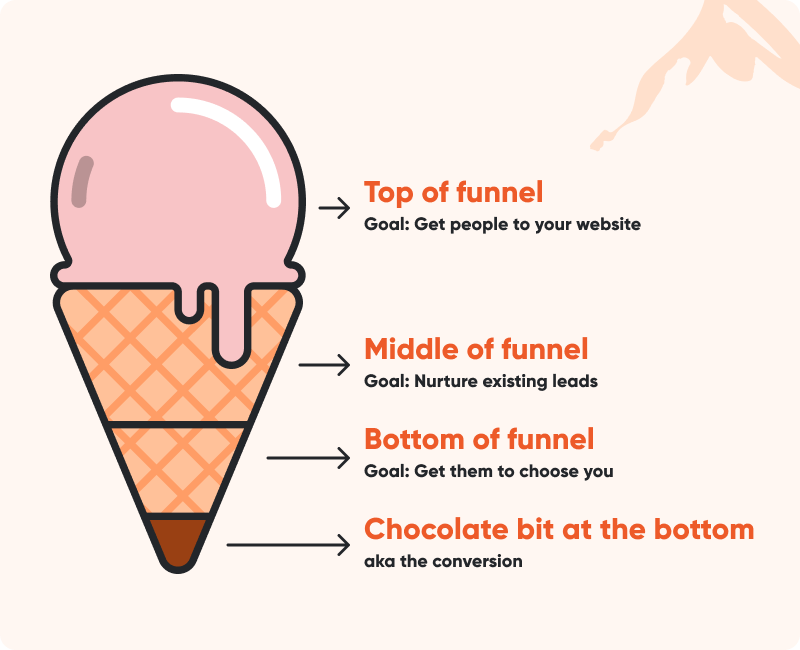
It’s also worth noting that you should always think about what stage of the sales pipeline each customer is at. You need to be addressing consumers with high purchase intent differently than early-stage visitors.
3. Measure & optimize your messages
Once you implement your personalized marketing messages, it’s crucial to measure their success and optimize them. This is the only way that sales and marketing teams can evaluate whether the new messages are working.
First, you should decide which key performance indicators (KPIs) you’ll use to measure your success. Here are some of the most useful:
- The number of CTA interactions
- The number of signups for your email list
- Revenue generated
- Customer lifetime value
There are many different tools you can use to evaluate your performance when personalizing content.
Google Analytics is the most popular platform, but it has a major pitfall: it can only measure anonymous visitor activity over the course of one session. That makes it impossible to see when longer sequences of personalized campaigns that might take multiple visits lead to a purchase.
This is where a dedicated personalization tool like OptiMonk has an advantage. OptiMonk tracks each individual’s customer journey from beginning to end, which allows you to attribute conversions and revenue to personalized campaigns over long periods.
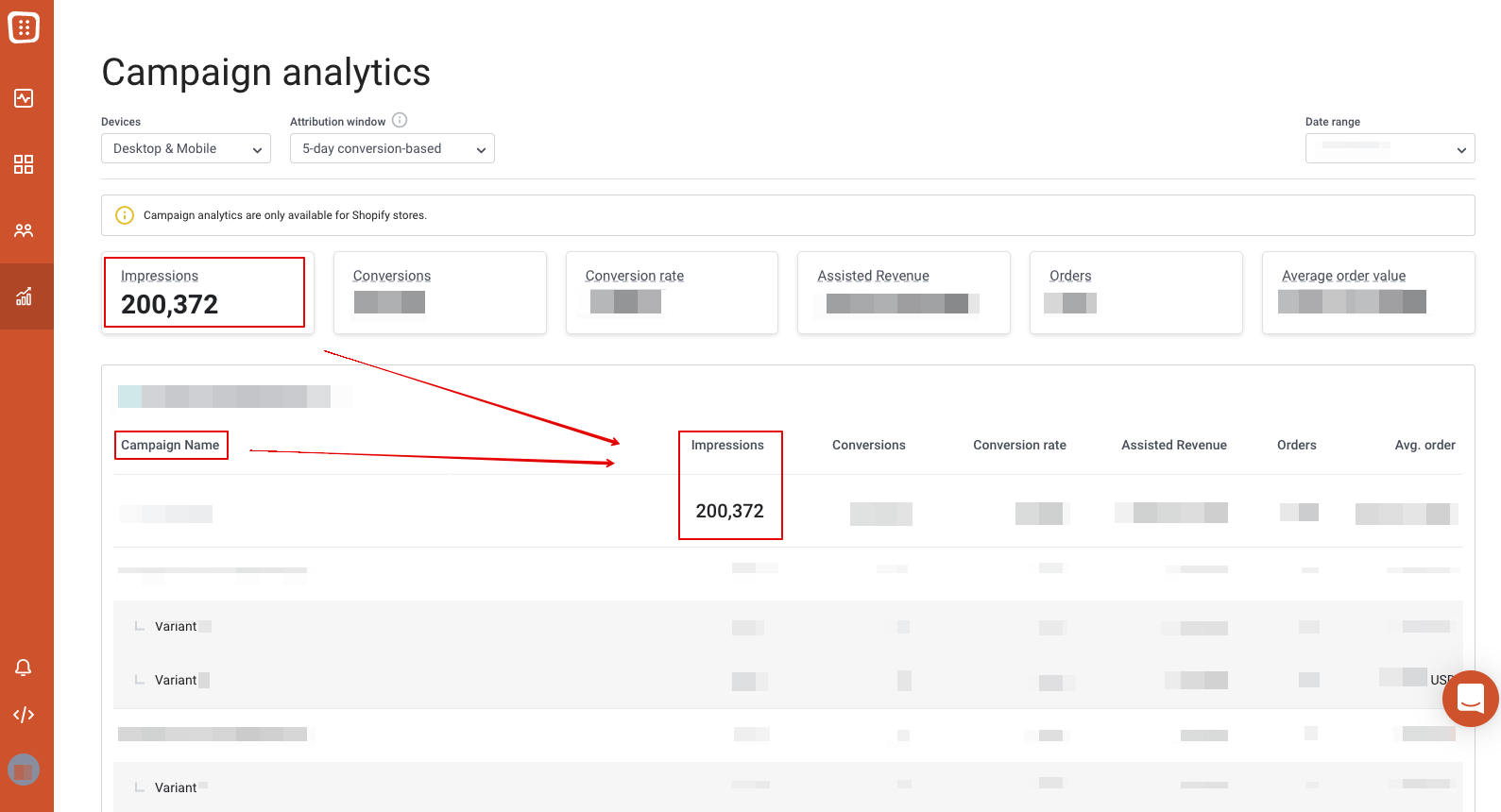
Fast-track your ecommerce business with our brand-new, free Website Personalization video course. Learn the latest tips and tricks from our CEO and take your business to the next level with the power of personalization!
5 examples of personalized marketing
Now that we’ve gone through the basics, let’s take a look at some examples of personalized marketing done well.
1. Apple Music
Apple Music (and similar services like Spotify) contain many great examples of content personalization.
As you listen to more and more music, Apple creates a taste profile for you. It’s based on an algorithm that tracks what millions of other users like to add to their playlists, and then finds songs you’ve probably never heard before but might like.
This use of data enables Apple to provide their customers with personalized content.

2. ASOS
ASOS is another great example when it comes to personalization. Based in the UK, they sell both their own products and products made by other brands.
ASOS is mastering content personalization with the goal of increasing their average order value. One way they do this is by showing location-specific shipping information. Here, they use a sticky bar to offer free shipping to customers based in Hungary.

They also remember customers’ sizing information, which makes the shopping process easier and more convenient. They even inform customers when an item is out of stock in their size.

3. Care/of
Care/of is a US-based ecommerce website that sells vitamin supplements. Their most powerful personalization tool is their onboarding quiz, which they use to create a custom bundle of vitamins for each individual.
The quiz is so important for them that they promote it on all their landing pages.

Here’s an example of one of the questions:

And here’s what the personalized product recommendations at the end of the quiz look like:

Care/of gives us a fantastic example of personalized marketing because they gather in-depth zero-party data and use it to provide a better customer experience (and to sell products).
4. Coursera
Coursera is an online educational platform that offers world-class training videos and educational programs from top universities.
Here’s what their email marketing content looks like:

These weekly newsletters contain recommendations based on each customer’s previous learning history.
5. Glossier
Glossier started out as a beauty blog in 2010 and has grown into a major player in the online beauty landscape.
The brand aims to personalize content in a number of different ways. First, they send personalized messages about their shipping policies and let you know up front if they don’t ship to your county.
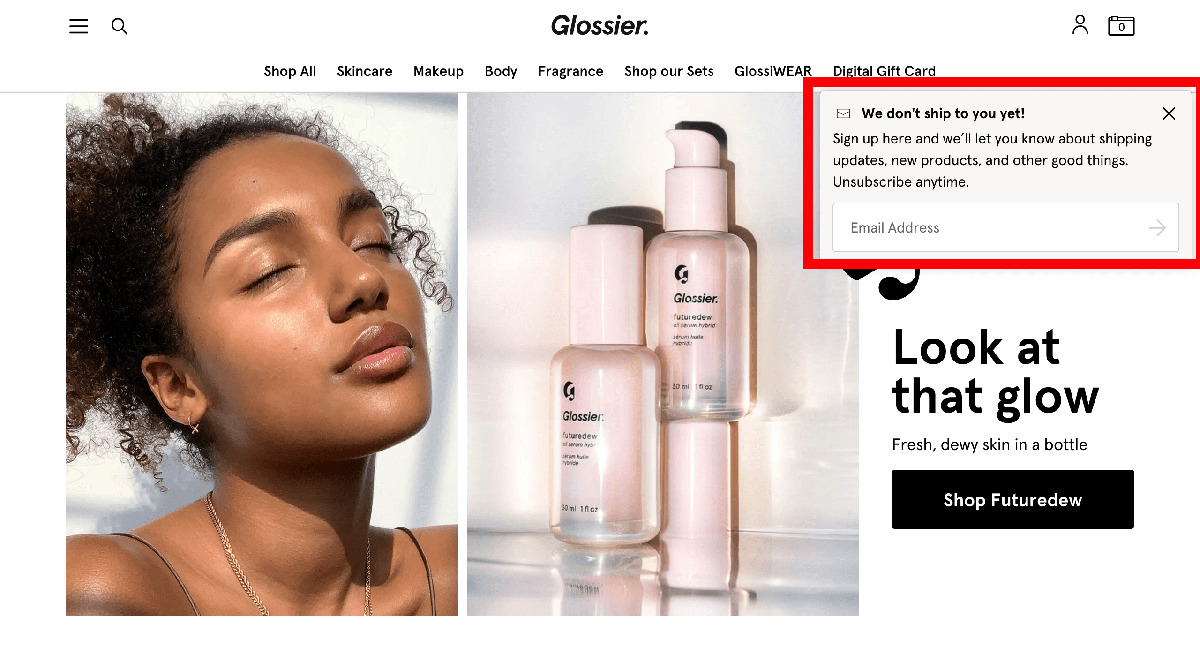
They also personalize product recommendations based on browsing history and the contents of a visitor’s shopping cart.

Final thoughts
It’s crucial to give your customers the convenience and ease of use that only personalized content can deliver.
To do it successfully, you need to know your target audience, create appealing messages, and then continually measure your results and further optimize your messages.
Luckily, OptiMonk’s powerful website personalization software makes it easy. And since OptiMonk is a free tool, there’s no reason not to get started today!
Migration has never been easier
We made switching a no-brainer with our free, white-glove onboarding service so you can get started in the blink of an eye.
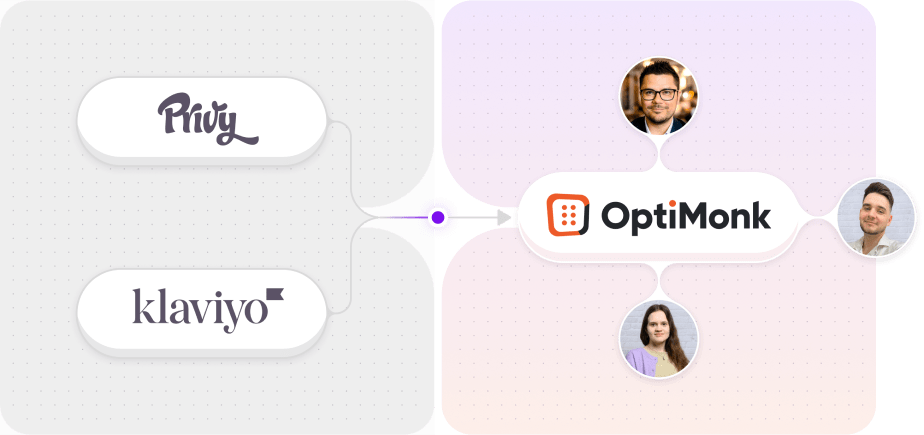
What should you do next?
Thanks for reading till the end. Here are 4 ways we can help you grow your business:
Boost conversions with proven use cases
Explore our Use Case Library, filled with actionable personalization examples and step-by-step guides to unlock your website's full potential. Check out Use Case Library
Create a free OptiMonk account
Create a free OptiMonk account and easily get started with popups and conversion rate optimization. Get OptiMonk free
Get advice from a CRO expert
Schedule a personalized discovery call with one of our experts to explore how OptiMonk can help you grow your business. Book a demo
Join our weekly newsletter
Real CRO insights & marketing tips. No fluff. Straight to your inbox. Subscribe now
Barbara Bartucz
- Posted in
- Personalization
Partner with us
- © OptiMonk. All rights reserved!
- Terms of Use
- Privacy Policy
- Cookie Policy
Product updates: January Release 2025


